Pair of superb compotes in Majolique de Wedgwood, the turquoise circular dish decorated with a bamboo border and foliage on a flat urn supported by a kneeling cherub among the reeds and the masstes; The round base embellished with berries, leaves and branches.
The base is marked "Wedgwood" and carries the date letters Bux, corresponding to the year 1869.
It is a fabulous centerpiece, a superb decoration.
One of the cuts has a space on one of the borders, visible in the photos.
Dimensions:
Height: 21.5 cm (8.4 '')
Diameter: 22 cm (8.6 '')
Wedgwood:
Without doubt the most famous English ceramic manufacturer, Wedgwood was founded in 1759 by the potter of the Staffordshire Josiah Wedgwood (1730-95). The company is renowned for its jasperware - vases, plates and other molded neoclassical sandstone pieces, inspired by ancient cameo glass, with white figures, scenes and decorative elements in relief on a matt colored background. The best known background shade is light blue, but the iconic Wedgwood silhouettes also appear on green, lilac, yellow, black and even white backgrounds. Some pieces use three or more colors.
The Wedgwood firm first made itself known for its dishes, which quickly won the favors of aristocratic households in Great Britain and Europe. In 1765, Wedgwood was responsible for creating a cream earthenware service for Queen Charlotte, wife of King George III. The queen was so enchanted by her new porcelain that Wedgwood obtained permission to call herself "potter of His Majesty", and the decorative style has become known as Queen’s Ware. Not wanting to be outdone, Catherine La Grande de Russia ordered her own Wedgwood porcelain set in 1773. Almost 200 years later, the firm created a service of 1,200 pieces for the coronation of Queen Elizabeth II. In recent years, leading designers such as Jasper Conran and Vera Wang have collaborated with Wedgwood, in the tradition of distinguished artists from the 18th century such as the painter George Stubbs and the locksmith Matthew Boulton.
from plates and other dishes to decorative objects such as ballot boxes, pits and candle holders, Wedgwood designs give a traditional atmosphere to English interiors. And even if you have to make your own tea, you may find comforting to sip it in a delicate cup made in the same stoke-on-Trent oven that produced the tea service of His Majesty. Do not forget to get your little finger.
Coppia di superbe composte in Majolique de Wedgwood, il piatto circolare turchese decorato con un bordo di bambù e fogliame su un'urna piatta sostenuta da un cherubino inginocchiato tra le canne e i masstes; la base rotonda impreziosita da bacche, foglie e rami.
La base è marcata "Wedgwood" e reca la data Bux, corrispondente all'anno 1869.
Si tratta di un favoloso centrotavola, una decorazione superba.
Uno dei tagli presenta uno spazio su uno dei bordi, visibile nelle foto.
Dimensioni:
Altezza: 21,5 cm (8,4'')
Diametro: 22 cm (8,6'')
Wedgwood:
Senza dubbio il più famoso produttore inglese di ceramiche, Wedgwood fu fondato nel 1759 dal vasaio dello Staffordshire Josiah Wedgwood (1730-95). L'azienda è rinomata per i suoi jasperware - vasi, piatti e altri pezzi di arenaria stampati in stile neoclassico, ispirati agli antichi vetri a cammeo, con figure bianche, scene ed elementi decorativi in rilievo su uno sfondo colorato opaco. La tonalità di fondo più nota è l'azzurro, ma le iconiche silhouette Wedgwood appaiono anche su sfondi verdi, lilla, gialli, neri e persino bianchi. Alcuni pezzi utilizzano tre o più colori.
L'azienda Wedgwood si è fatta conoscere per i suoi piatti, che hanno rapidamente conquistato i favori delle famiglie aristocratiche in Gran Bretagna e in Europa. Nel 1765, Wedgwood fu responsabile della creazione di un servizio di terracotta color crema per la regina Charlotte, moglie di re Giorgio III. La regina rimase talmente incantata dalla sua nuova porcellana che Wedgwood ottenne il permesso di chiamarsi "vasaio di Sua Maestà", e lo stile decorativo è diventato noto come Queen's Ware. Non volendo essere da meno, Caterina La Grande di Russia ordinò il suo set di porcellane Wedgwood nel 1773. Quasi 200 anni dopo, l'azienda creò un servizio di 1.200 pezzi per l'incoronazione della regina Elisabetta II. Negli ultimi anni, designer di spicco come Jasper Conran e Vera Wang hanno collaborato con Wedgwood, nella tradizione di illustri artisti del XVIII secolo come il pittore George Stubbs e il fabbro Matthew Boulton.
dai piatti e altre stoviglie agli oggetti decorativi come urne, pozzetti e portacandele, i design Wedgwood conferiscono un'atmosfera tradizionale agli interni inglesi. E anche se dovete prepararvi il tè da soli, potreste trovare confortante sorseggiarlo in una delicata tazza realizzata nello stesso forno di Stoke-on-Trent che produceva il servizio da tè di Sua Maestà. Non dimenticate di prendere il mignolo.
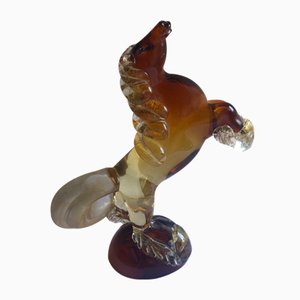
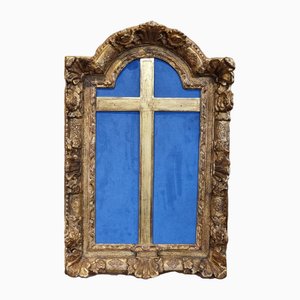


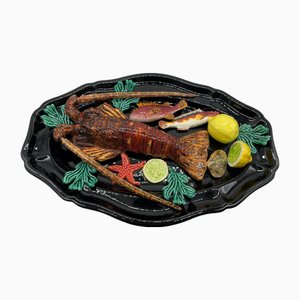
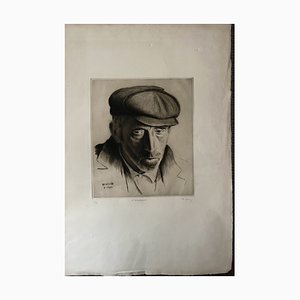

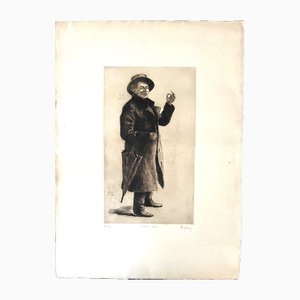


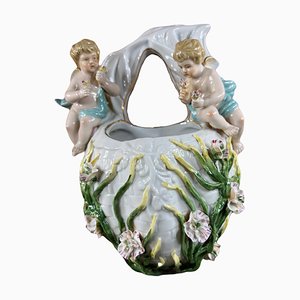
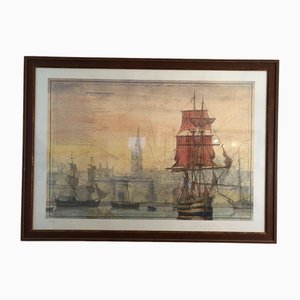
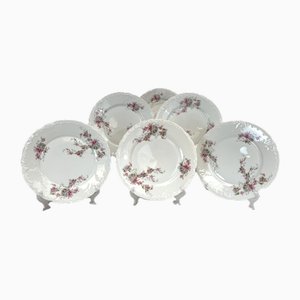
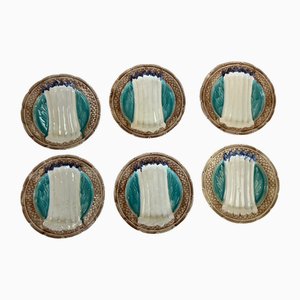
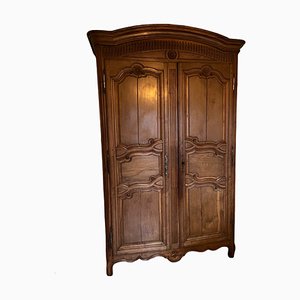
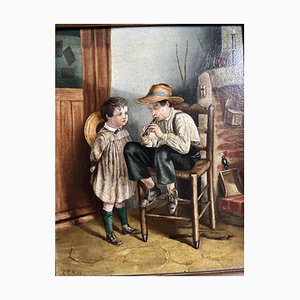
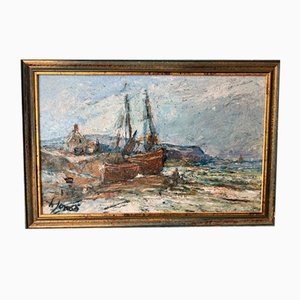
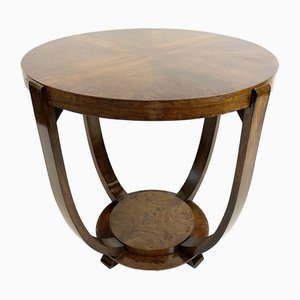
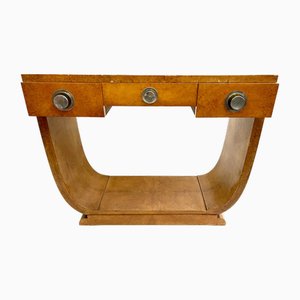
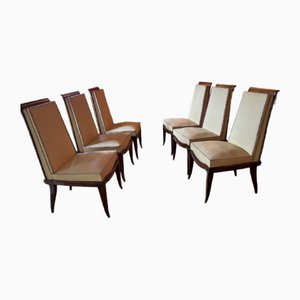
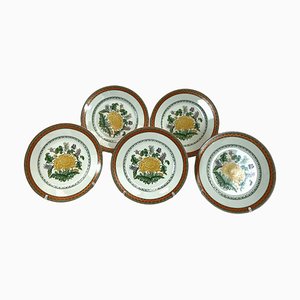

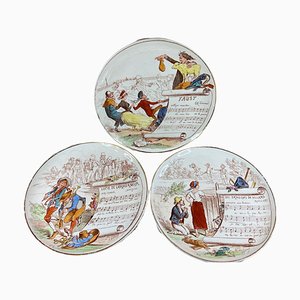
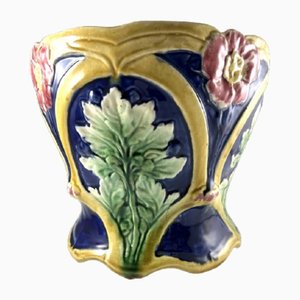
Contattaci
Fai un'offerta
Abbiamo notato che sei nuovo su Pamono!
Accetta i Termini e condizioni e l'Informativa sulla privacy
Contattaci
Fai un'offerta
Ci siamo quasi!
Per seguire la conversazione sulla piattaforma, si prega di completare la registrazione. Per procedere con la tua offerta sulla piattaforma, ti preghiamo di completare la registrazione.Successo
Grazie per la vostra richiesta, qualcuno del nostro team vi contatterà a breve.
Se sei un professionista del design, fai domanda qui per i vantaggi del Programma Commerciale di Pamono